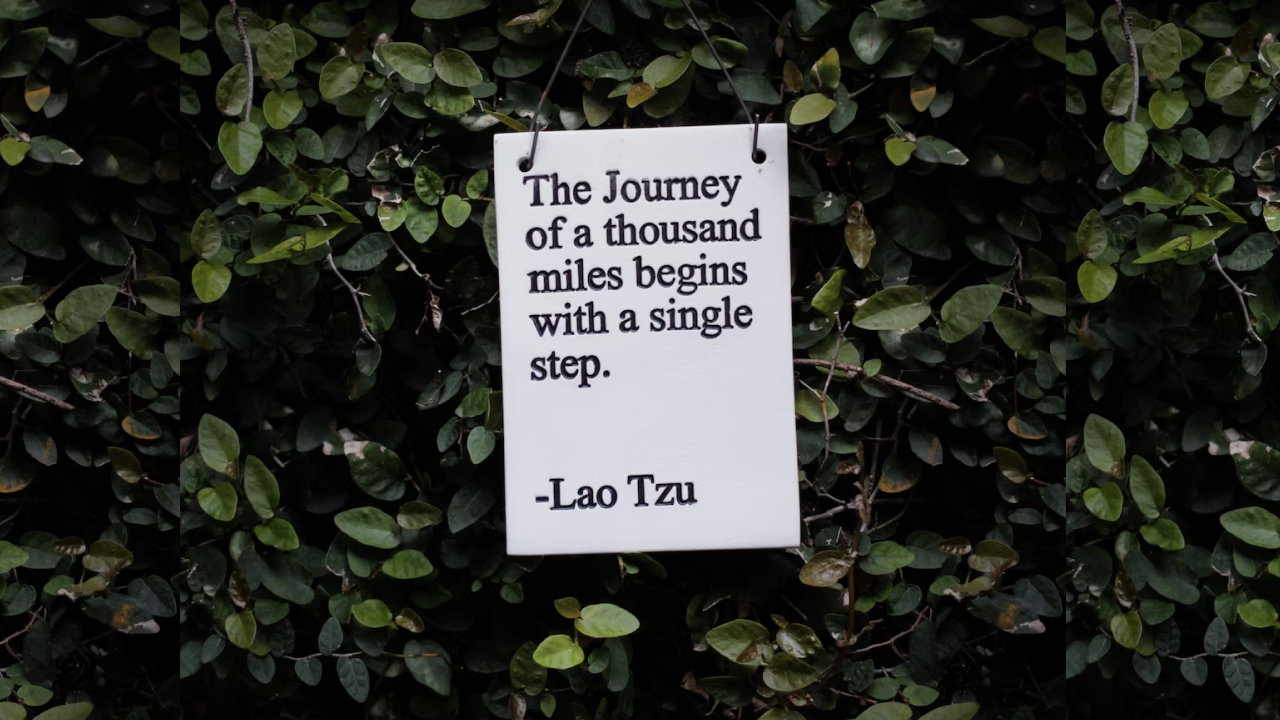Mastering B2B Sales in the Age of Millennials and Gen Z: Adapting to the New Landscape
Introduction
The B2B sales landscape is experiencing a significant transformation as new generations of decision-makers, specifically Millennials and Gen Z, rise to prominence. As these younger generations gain more influence in the business world, their unique preferences and behaviors are reshaping the way B2B sales funnels operate. To remain competitive and drive sales success, it is crucial for organizations to understand and adapt to these changes.
In this article, we will explore the evolving B2B sales funnel, the increasing importance of content and social media as sales enablers, and how to tailor your sales presentations using key discovery questions. By understanding and embracing these shifts, your organization can stay ahead of the curve and achieve greater success in the new B2B sales landscape.
The B2B sales funnel is evolving
As Millennials and Gen Z take on decision-making roles in businesses, two significant changes are occurring in B2B sales funnels:
Sales funnels are lengthening
Prospects' thorough research before contacting sales reps
Today's buyers are more informed and resourceful than ever before. As a result, they are spending more time researching your company, your content, and your social media presence before reaching out to a sales representative. This increased research time means that sales funnels are extending, making it even more important to have a strong online presence and provide valuable content that resonates with your target audience.
Importance of content and social profiles in the process
Your content and social media profiles play a crucial role in the decision-making process of modern buyers. They are looking for not only information about your products and services but also for evidence of your company's credibility, expertise, and trustworthiness. Ensuring that your content and social profiles are up-to-date, engaging, and relevant is essential in attracting and retaining the interest of today's B2B buyers.
The buyer journey before sales conversations has expanded
83% of the buyer journey occurs before buyers engage supppliers
A growing trend in the B2B sales process is that a larger portion of the buyer journey is taking place before any direct interaction with a sales representative. Depending on the industry, 83% of the buyer journey is now completed before a prospect initiates a conversation with your sales team. If the buyer engages multiple suppliers, it means your salespeople could occuply as little as 5% of a customer's buyer journey. This means that the awareness, consideration, and decision-making phases of the buyer journey are happening largely without any direct input from your sales team.
Implications for sales strategies
These shifts in the B2B sales funnel have significant implications for your sales strategy. To adapt, you need to focus on providing valuable content that addresses the needs and preferences of your target audience throughout their buyer journey. By doing so, you can build trust and credibility, positioning your organization as an expert in your industry, and ultimately, increasing the likelihood of prospects reaching out to your sales team when they are ready to make a purchase decision.
Why it's better to think of content and social as sales enablers, not marketing tactics
Redefining content and social in the B2B context
As the B2B sales landscape continues to evolve, it is essential to reconsider the role of content and social media within your organization. No longer should these elements be viewed solely as marketing tools designed to generate inbound traffic. Instead, they should be recognized as powerful sales enablers that contribute significantly to the success of your sales efforts.
The role of content and social in successful outbound sales
Given that today's B2B buyers extensively explore your website and social profiles before ever speaking with a sales representative, content and social media become crucial components of your outbound sales strategy. By providing relevant, engaging, and informative content through these channels, you can effectively nurture prospects, educate them about your offerings, and address their concerns, ultimately paving the way for a successful sales conversation.
Importance of content and social in building trust and authority
In the eyes of modern buyers, your content and social media presence are critical indicators of your company's expertise, credibility, and trustworthiness. By consistently publishing high-quality content that demonstrates your industry knowledge and thought leadership, you can establish trust with prospects and position your organization as an authority in your field. This trust and authority will, in turn, make it more likely that prospects will choose to engage with your sales team when they are ready to make a purchase decision.
The critical role that great discovery questions play in sales conversations
The importance of discovery questions during sales presentations
To effectively tailor your sales presentations to the needs and preferences of your prospects, it's essential to ask the right discovery questions. These questions help you gain insights into your prospect's challenges, priorities, and goals, allowing you to customize your pitch and demonstrate how your product or service can address their specific needs.
Example of a great discovery question
It’s important to understand your customer’s priorities and tailor your discovery questions to 1) demonstrate that you truly understand their challenges and 2) uncover critical details that will help you make a compelling case about how your solution can deliver results that actually matter to the prospect. For example, if you’re selling a solution that involves growth, marketing or sales, one important question to ask could be, "What part of the growth funnel are you most focused on right now?" By understanding whether your prospect's priority is brand awareness, new leads, conversions, or retention, you can emphasize the aspects of your product or service that align with their specific objectives.
Building rapport and establishing authority
Before diving into discovery questions, it's essential first to develop rapport with your prospect and establish yourself as an authority in your field. By demonstrating your expertise and understanding of their industry, you can build trust with your prospect, setting the stage for an open and honest conversation about their needs and challenges. Once you have established this trust, you can effectively employ discovery questions to tailor your pitch, ensuring that your presentation resonates with your prospect and effectively addresses their unique concerns.
How to adapt your sales strategy to this new landscape
Assessing your current sales funnel and buyer journey
To adapt your sales strategy to the evolving B2B landscape, start by evaluating your current sales funnel and buyer journey. Identify any gaps or areas for improvement, particularly regarding content and social media presence. Analyze how well your content addresses the needs of your target audience and determine if your social profiles accurately reflect your company's expertise and credibility.
Optimizing content and social media presence
Once you have assessed your current sales funnel and buyer journey, focus on optimizing your content and social media presence. This may involve updating your website with fresh, relevant content, improving your social media profiles to better showcase your company's values and expertise, or adopting a more targeted content marketing strategy to better engage your audience. By optimizing your content and social media presence, you can better support your sales efforts and improve your overall sales strategy.
Incorporating key discovery questions into your sales presentations
Incorporate the use of key discovery questions into your sales presentations to better understand your prospects' priorities and tailor your pitch accordingly. Train your sales team to ask thoughtful, targeted questions that uncover valuable insights into your prospects' challenges, goals, and needs. By incorporating discovery questions into your sales presentations, you can better address your prospects' concerns and demonstrate how your product or service can help them achieve their objectives.
Aligning your organization's mindset on the role of content and social
Finally, ensure that your entire organization, from leadership to sales and marketing teams, understands and embraces the role of content and social media as sales enablers. This alignment is crucial for fostering a cohesive sales strategy that effectively leverages content and social media to drive sales success.
Conclusion
As the B2B sales landscape continues to evolve, adapting to these changes is essential for maintaining a competitive edge and achieving sales success. By understanding the impact of Millennials and Gen Z on buyer journeys, redefining the role of content and social media, and tailoring your sales presentations using key discovery questions, your organization can better navigate the new B2B sales landscape and drive long-term success.
Now is the time to embrace these changes and adapt your sales strategy accordingly. By doing so, you can ensure your organization remains competitive and well-positioned for growth in the ever-changing world of B2B sales.

Zach Fragapane
Experienced Founder, Product Manager and Growth Professional. I've worked exclusively for high-growth startups my entire career. I'm skilled in web/mobile app product management, customer acquisition, SEO, MySQL, Data Analysis, Web & Mobile App Analytics, and agile project management. I specialize in consumer internet marketplaces and networks. I double majored in Finance & Mathematics with a concentration in Applied Statistics & Probability from Claremont McKenna College.



